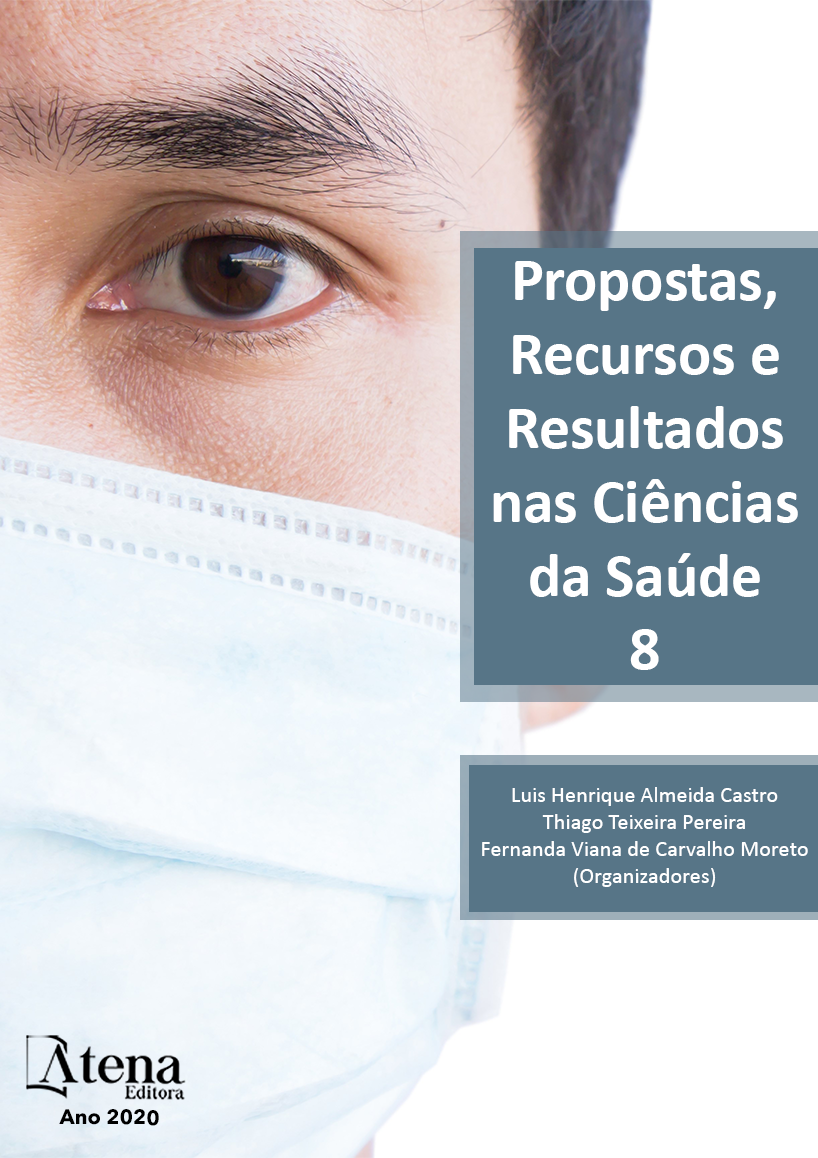
FONTES DE VARIAÇÃO EM UM ESTUDO COMPARATIVO DOS PARÂMETROS HEMATOLÓGICOS DE RATOS WISTAR
O conhecimento dos parâmetros fisiológicos de ratos (Rattus norvegicus albinus), da linhagem Wistar, permite avaliar a homeostase e modificações induzidas por procedimentos experimentais. No entanto, as diferenças de gênero e background genético dos animais, além de fatores como idade, macro e microambiente, manejo alimentar, manuseio e status sanitário, influenciam tais valores. A exemplo de países com tradição em pesquisa experimental, nos quais os parâmetros hematológicos se encontram bem estabelecidos, a determinação dos valores próprios de cada biotério é preconizada no Brasil. Considerando o desenvolvimento atual da Ciência de Animais de Laboratório e sua capacidade em reproduzir padrões fisiológicos consistentes, o estudo teve por objetivo investigar a hipótese de não existirem diferenças estatisticamente significantes entre os valores hematológicos de cinco biotérios de referência daqueles obtidos na Instalação de Ciência Animal do UNIFESO, além de estimular nos discentes da graduação em Medicina a prática da construção do conhecimento científico e execução de projetos em pesquisa experimental. O estudo foi aprovado pela Comissão de Ética no Uso de Animais (CEUA), sob o número 487/2018, e composto por uma amostra aleatória de seis ratos Wistar, machos, peso 280 ± 20 g , idade de três meses, mantidos sob ciclo circadiano (12h claro/12h escuro), controle de temperatura (22 ± 2 ºC), e cuidados padronizados de alimentação e higiene. Após o uso de sobredose anestésica, foi colhido sangue por punção cardíaca terminal. As amostras foram submetidas à contagem de células automatizada, e os resultados comparados pelo teste t de Student, com nível de significância de 5% (p < 0,05). Foram rejeitadas 46/55 das variáveis (83,63%), demonstrando haver diferenças estatisticamente significantes entre os trabalhos (p < 0,05). O estudo estimulou a reflexão dos discentes sobre a influência dos fatores genéticos, experimentais e ambientais na pesquisa científica.
FONTES DE VARIAÇÃO EM UM ESTUDO COMPARATIVO DOS PARÂMETROS HEMATOLÓGICOS DE RATOS WISTAR
-
DOI: 10.22533/at.ed.3672025062
-
Palavras-chave: Projetos de pesquisa; Variação genética; Ratos Wistar
-
Keywords: Research Design; Genetic Variation; Rats, Wistar
-
Abstract:
The knowledge of the physiological parameters of Wistar rats allows the evaluation of homeostasis and the modifications induced by experimental procedures. However, gender and genetic background diferences, besides factors like age, macro and microenvironment, food handling, manipulation and sanitary status, influence those values. In example of countries with experimental research tradition, in which teh hematological parameters are well established, the determination of the own values of each bioterium is preconized in Brazil. Considering the current development of the Laboratory Animal Science and the capacity of reproducting consistente physiological patterns, this study aimed the investigation of the hypothesis that there aren’t statistically significant diferences between the hematological values of five reference animal facilities from the ones obtained at the UNIFESO Animal Facility, besides stimulating the construction of scientific knowledge and the execution of experimental research projects in Medicine students. This study was aproved by the Commitee on Ethics in the Use of Animal (CEUA), under the number 487/2018, and composed by a random sample of six Wistar rats, males, weight 280 ± 20 g, aged three months, kept under circadian cycle (12h light/12h dark), temperature control (22 ± 2 ºC), and hygiene and alimentation standardized care. After the use of anesthetic overdose, blood was collected by terminal cardiac puncture. The samples were submitted to automated cell counting, and the results compared by the t test of Student, with significance level of 5% (p < 0,05). 46/55 of the variables were rejected (83,63%), demonstrating the existence of statistically significant diferences between the works (p < 0,05). The study stimulated the students reflection about the influence of genetic, experimental and environmental factors in scientific research.
-
Número de páginas: 11
- Ana Alaíde Ferreira de Almeida
- Isadora Torres Sena Comin
- Larissa Rodrigues Ramos
- Lucas Vargas Fabbri
- Luila Portes Bevilaqua
- Maria Clara Pedrosa Rebello
- Nathalia Cordeiro Vasconcelos
- Marcel Vasconcellos
- Juliana Allan de Oliveira Silva Henriques


